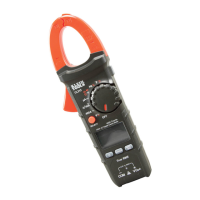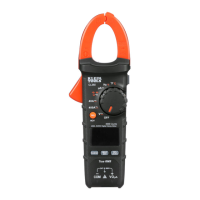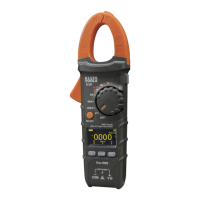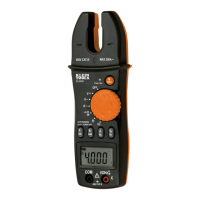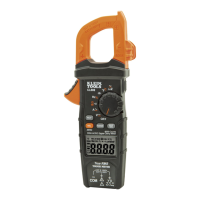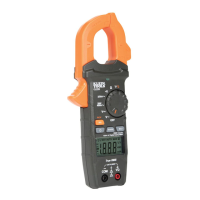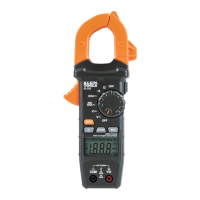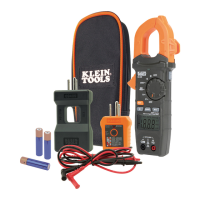4
ENGLISH
WARNINGS
To ensure safe operation and service of the meter, follow these
instructions. Failure to observe these warnings can result in
severe injury or death.
• Before each use verify meter operation by measuring a known
voltage or current.
• Never use the meter on a circuit with voltages that exceed the
category based rating of this meter.
• Do not use the meter during electrical storms or in wet weather.
• Do not use the meter or test leads if they appear to be damaged.
• Use only with CAT III or CAT IV rated test leads.
• Ensure meter leads are fully seated, and keep fingers away from the
metal probe contacts when making measurements.
• Use caution when working with voltages above 25V AC RMS or 60V
DC. Such voltages pose a shock hazard.
• To avoid false readings that can lead to electrical shock, replace
batteries when a low battery indicator appears.
• Do not attempt to measure resistance or continuity on a live circuit.
• Always adhere to local and national safety codes. Use personal
protective equipment to prevent shock and arc blast injury where
hazardous live conductors are exposed.
• To avoid risk of electric shock, disconnect leads from any voltage
source before removing battery door.
• To avoid risk of electric shock, do not operate meter while battery
door is removed.
SYMBOLS ON METER
Alternating Current (AC) Direct Current (DC)
Ω
Resistance (ohms) Audible Continuity
Warning or Caution
Risk of electrical shock
Double Insulated Class II
Ground
V
Voltage
A
Amperage
SYMBOLS ON LCD
Alternating Current (AC) Direct Current (DC)
Voltage (Volts) Amperage (Amperes)
Continuity Data Hold
Non-Contact Voltage Testing High Voltage
Resistance (Ohms) Low Battery
Auto-Ranging Auto-Power Off
kilo (value x 10
3
) Mega (value x 10
6
)
Negative Reading
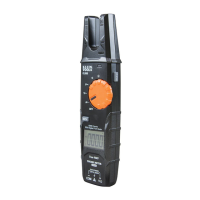
